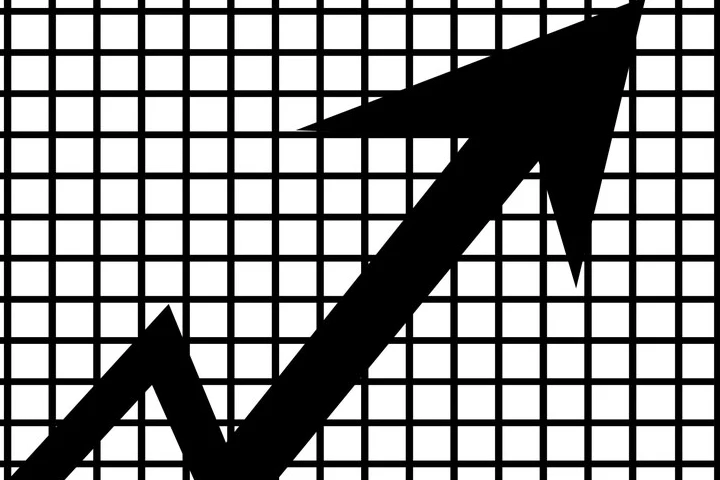The Economic Survey, tabled by Finance Minister Nirmala Sitharaman on Monday, has projected a growth rate of 9.2 per cent of the current financial year. The growth rate for the next financial year has been pegged between 8 and 8.5 per cent aided by overall macro economic stability along with aggressive vaccination programme and easing of supply side constraints.
However, the survey underlined that the global environment continued to remain uncertain with supply side disruptions, possibility of resurgence of Covid 19 waves and rising inflation.
The official report card of the government’s performance said that macro-economic stability indicators suggest that the Indian economy is well placed to take on the challenges of 2022-23 while the focus on vaccine coverage will continue.
Also read: World Bank pegs India’s economic growth at 8.3% for 2021-22, sees global growth slowing to 4.1%
“Vaccination is not merely a health response but is critical for opening up the economy, particularly contact-intensive services. Therefore, it should be treated for now as a macro-economic indicator,” it said. The vaccination programme has covered the bulk of the population which is expected to result in building back the economic momentum. building back and the likely long-term benefits of supply-side reforms in the pipeline, the Indian economy is in a good position to witness GDP growth of 8.0-8.5 per cent in 2022-23,” the government’s official report card said.
The survey also said that the last two years have been difficult for the world economy on account of the COVID-19 pandemic. “Repeated waves of infection, supply-chain disruptions and, more recently, inflation have created particularly challenging times for policy-making,” it said.
The survey also said that a distinguishing feature of India’s response to the pandemic and its related challenges has been an emphasis on supply-side reforms rather than a total reliance on demand management. Supply-side reforms include deregulation of numerous sectors, simplification of processes, removal of legacy issues like ‘retrospective tax’, privatisation, production-linked incentives among others.
According to the economic survey, the critical agriculture and allied sectors have been the least impacted by the pandemic and the sector is expected to grow by 3.9 per cent in 2021-22 after growing 3.6 per cent in the previous year.




















